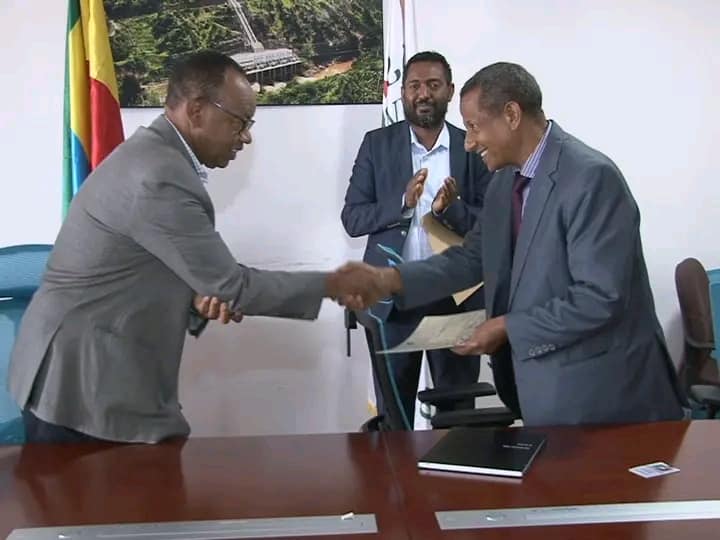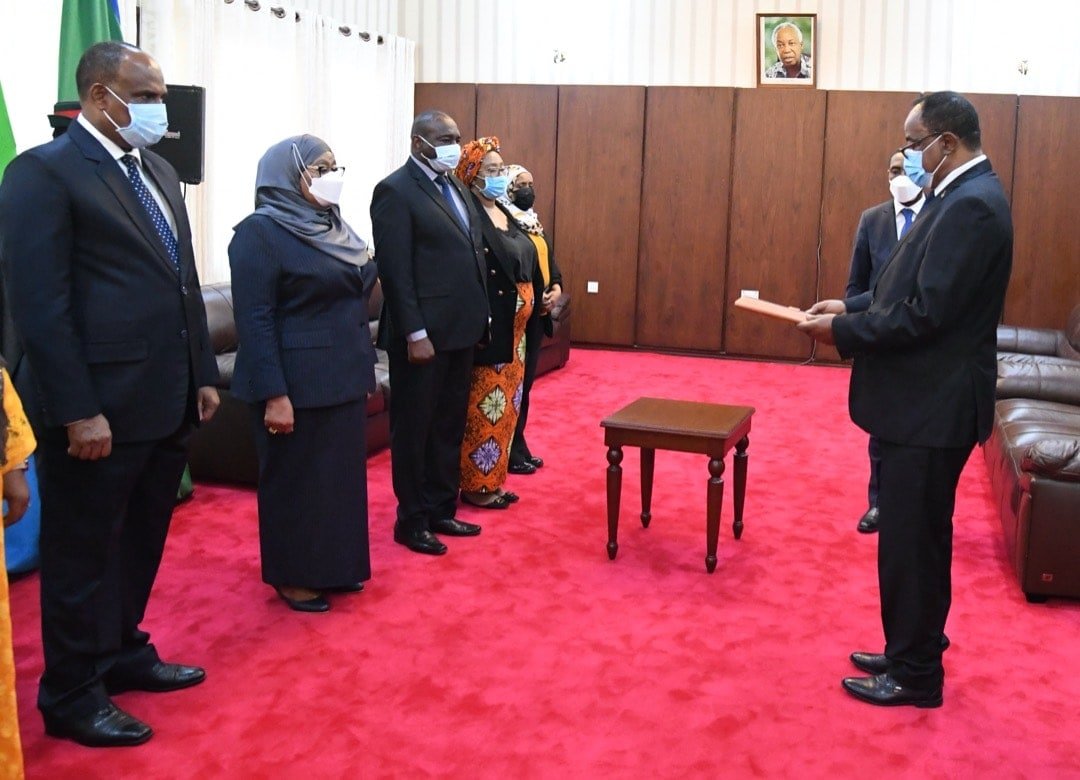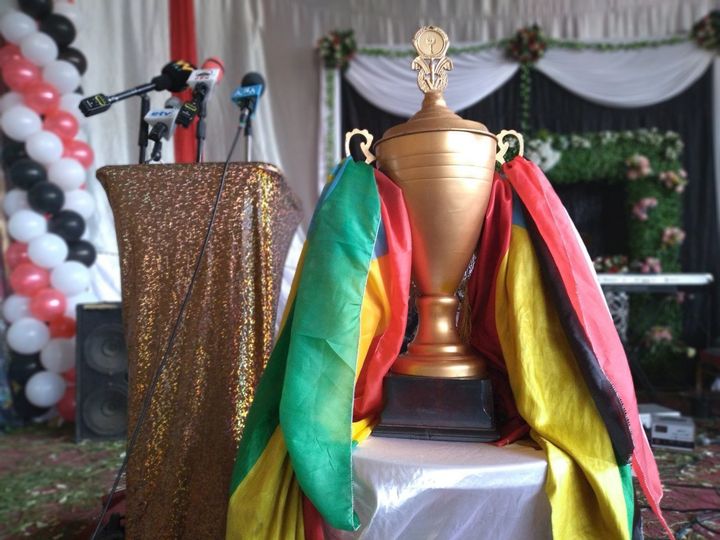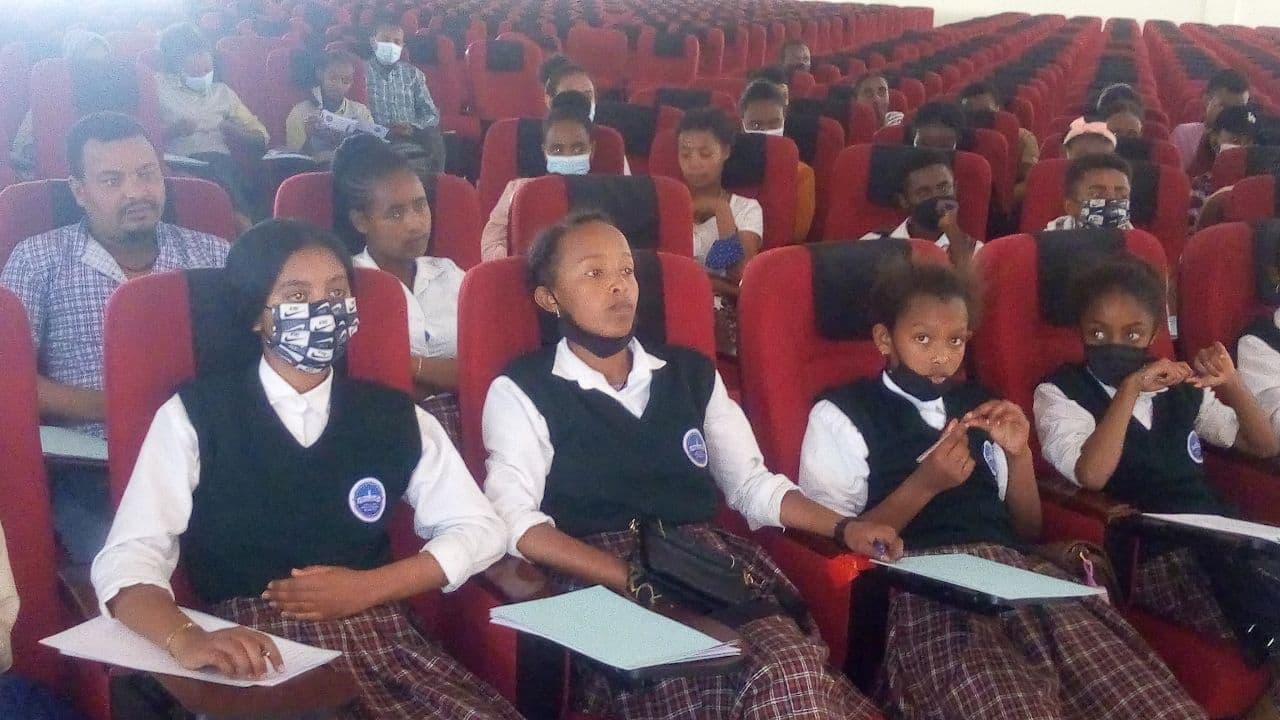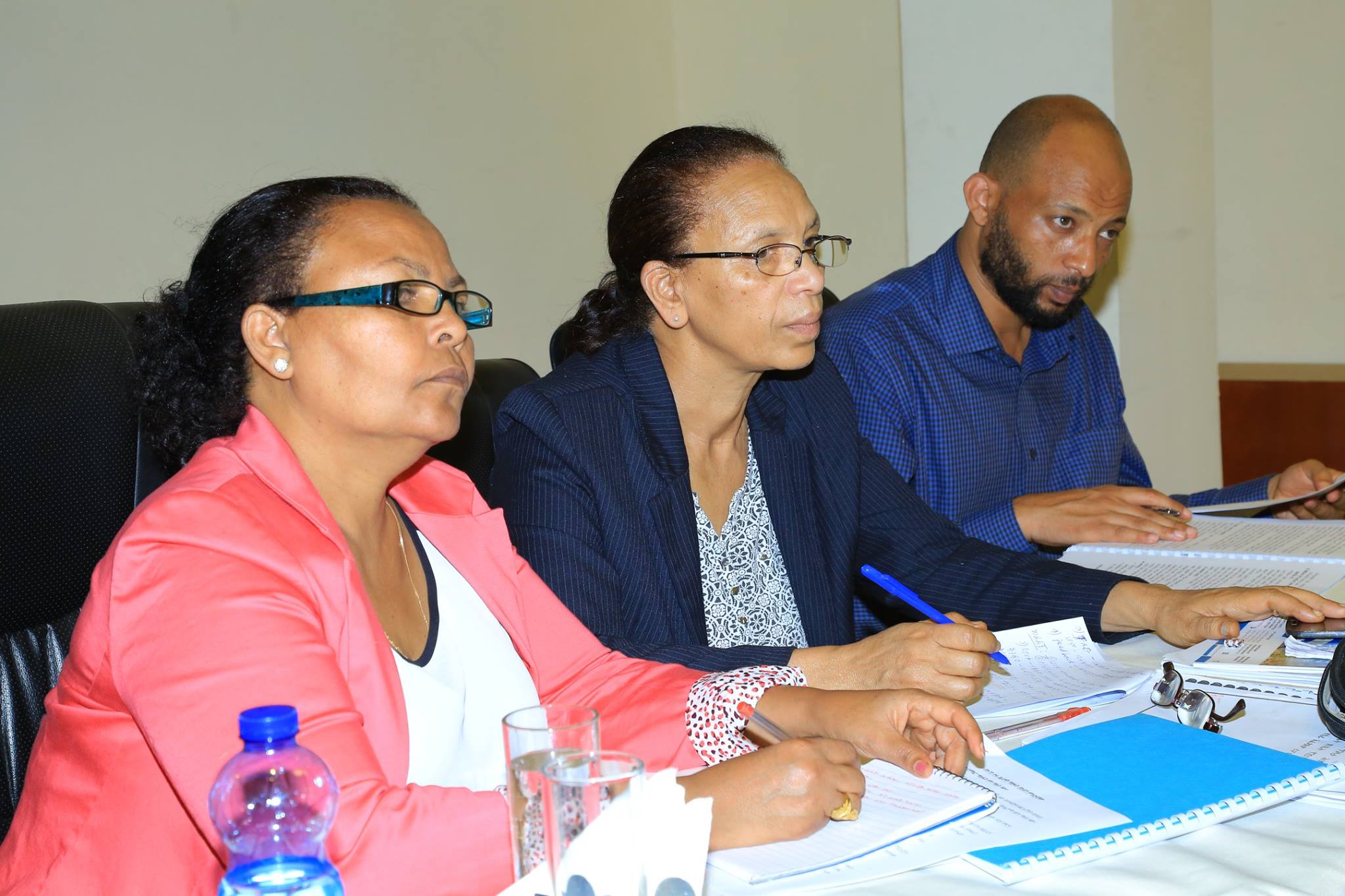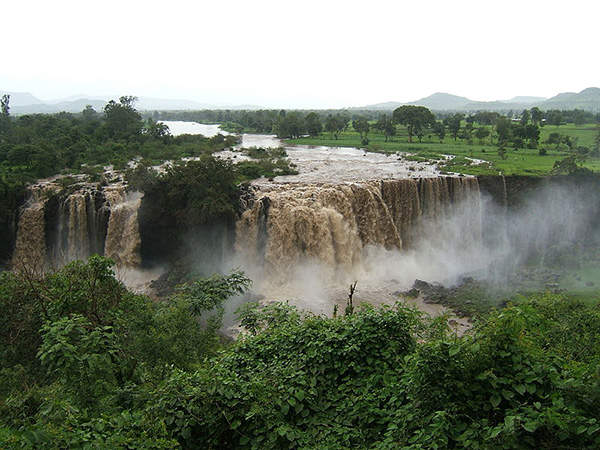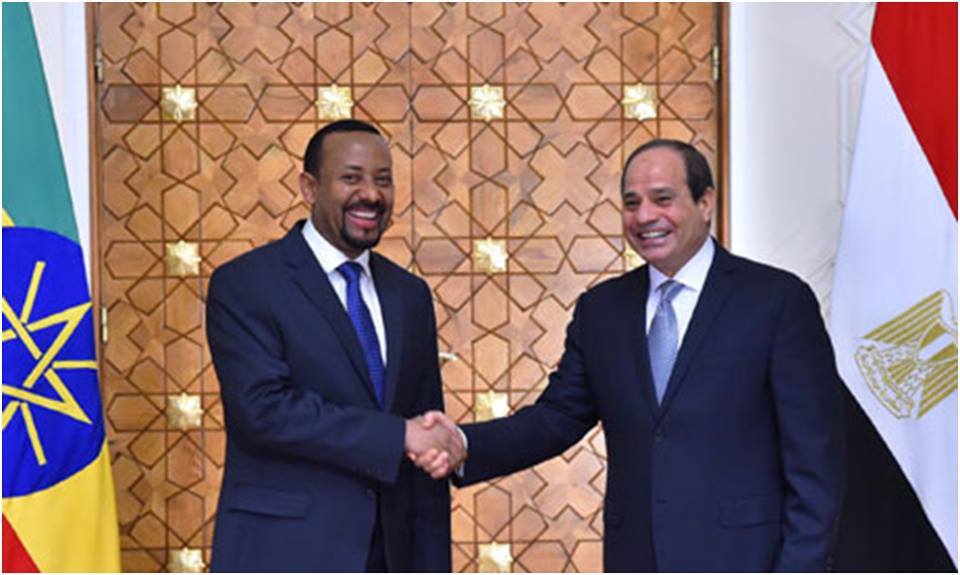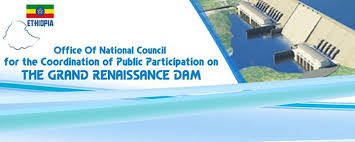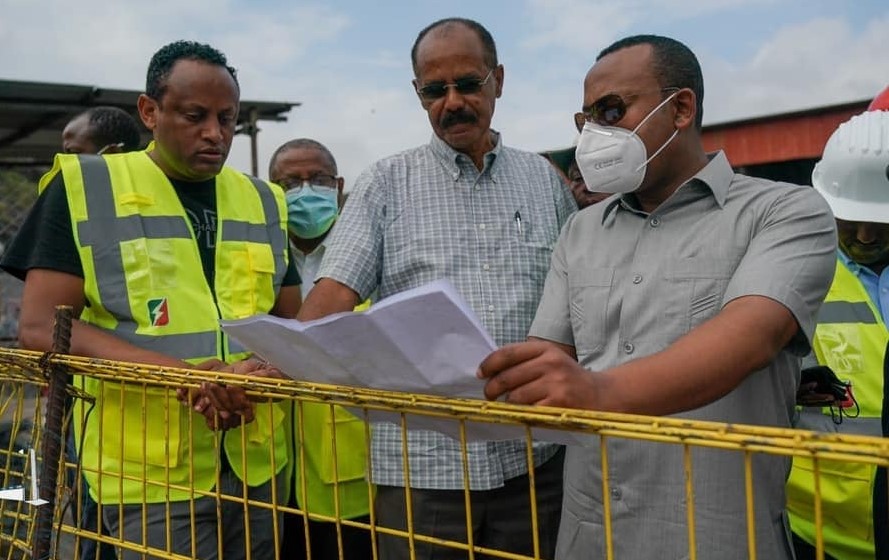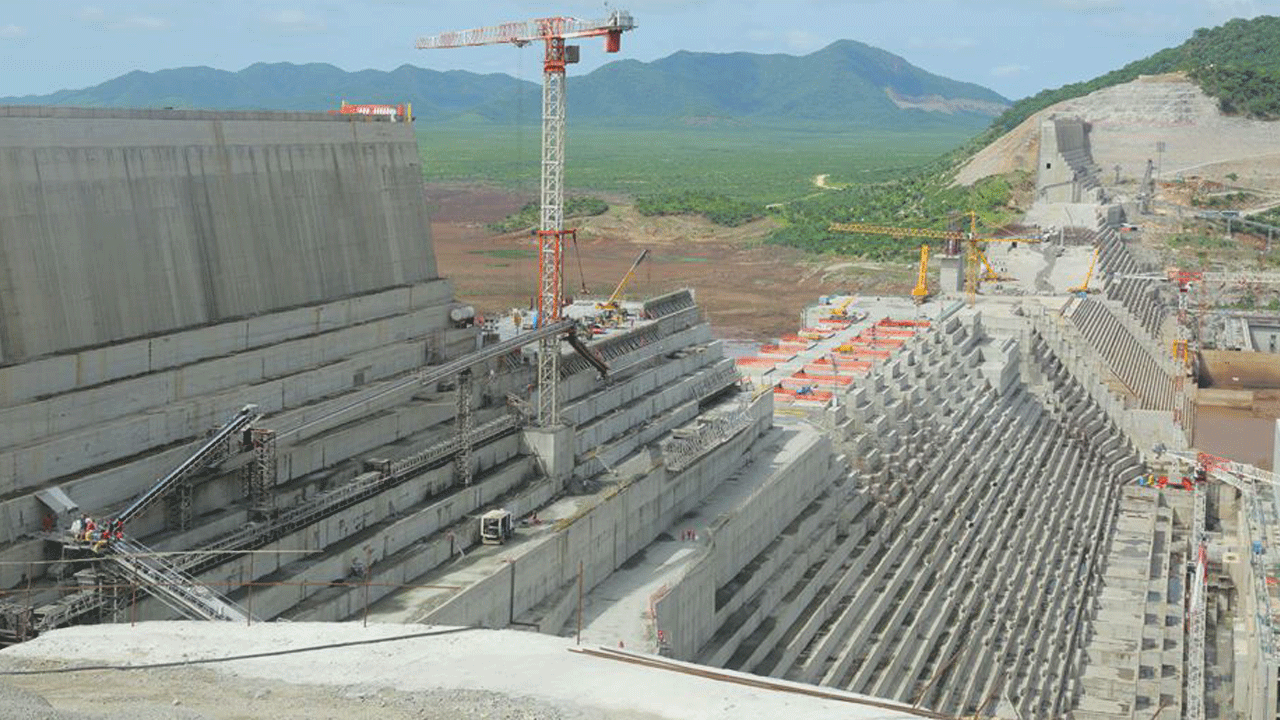The Grand Ethiopian Renaissance Dam is a Big Deal - Welcome
Nested Portlets
Asset Publisher
Web Content Search
Facts about the Dam
Asset Publisher
Events
Asset Publisher
Date:Nov 16-2020
ADDIS ABABA, Ethiopia — For thousands of years, the Nile would overflow each summer from heavy rain and snowmelt. This created fertile farming conditions along its banks. Though modern irrigation has replaced the need for yearly floods, the Nile is still important for agriculture in the region. For the 11 nations along its banks, the Nile is an important source of drinking water, agriculture, and increasingly, hydropower. Since 1970, the High Aswan Dam has prevented flooding and regulated water flows in Egypt. Now, Ethiopia is working to construct its own dam along the Blue Nile.
Benefits of the New Ethiopian Dam
Construction on the Grand Ethiopian Renaissance Dam began in 2011 and it is currently nearing completion. The Ethiopian government is spending $4.7 billion to construct the 1,780-meter dam across the Blue Nile. As a hydroelectric project, the dam is expected to generate 6,000 megawatts of electricity. It will also give Ethiopia more control over the Nile by creating a 74 billion cubic meter reservoir. This will enable the irrigation of half a million hectares of new land for agriculture.
The Grand Ethiopian Renaissance Dam has the potential to make a profound impact on poverty in Ethiopia. Despite rapid economic growth over the past 20 years, Ethiopia still has a per-capita income of only $790. There is a critical shortage of energy and much of the country remains underdeveloped in terms of infrastructure.
The 6,000 megawatts of energy created by the dam would more than double Ethiopia’s energy production. This would allow the government to bring electricity to tens of millions more people while also exporting to other countries. The cheap, renewable electricity provided by the dam would have a huge impact on development and poverty in the region.
Reaching Agreement With Ethiopia’s Neighbors
The Blue Nile originates in Ethiopia and supplies more than 80% of the Nile’s water. Despite this, Ethiopia uses far less water than its neighbors. Egypt and Sudan have historically used the vast majority of the Nile’s water. They point to agreements from 1929 and 1959 which gave them privileges over projects along the Nile, privileges that Ethiopia and other Nile adjacent nations have been rejecting as they seek to develop their own hydroelectric projects on the river.
Egypt and Sudan initially opposed the Grand Ethiopian Renaissance Dam out of fear that it would make them dependent on Ethiopia for water from the Nile. However, now that the dam is over 70% finished, conversations have shifted to focus on the logistics of filling the dam. In order to fill the dam, Ethiopia needs to redirect water that would have otherwise flowed downstream. A faster filling timetable means that Egypt and Sudan will feel a greater impact on their water supplies.
Ethiopia initially projected that it would take three years to fill the dam while Egypt requested a far more drawn out time of 10 to 15 years. The two countries have since met in the middle with a delicate compromise of eight years. The main issue is working out what to do in drought years. Egypt and Sudan are pushing for a binding agreement from the Ethiopian government to release a minimum amount of water downstream if water levels drop. However, Ethiopia is reluctant to give up flexibility over its own water policy.
How Does The Dam Impact The Region Overall?
If the three nations are able to reach an agreement on working together on managing the Nile, it would have a positive impact on everyone in the region. Sudan would be able to share renewable energy generated by the dam and Sudanese agriculture would benefit from working with Ethiopia to control the flow of the river.
With proper planning, Ethiopia and Egypt can reach an agreement that ensures that the Nile replenishes the Aswan High Dam and remains a reliable water source even under drought conditions. Cooperation around the Grand Ethiopian Renaissance Dam has tremendous potential to bring renewable energy to millions of people, helping to lift them out of poverty and improve the overall stability of the region.
– Jack McMahon
Photos about GERD
About Us
Benefits of the Grand Renaissance Project
At the completion of the project, the average generation of 15,759 Giga watt hours per year will have a significant contribution to the national electricity system. The contribution of this project will be higher to reach the targets set by the rural electrification villages and to increase the supply from 44% to 90%.
The major components of the project
The Grand Ethiopian Renaissances Dam is being constructed for the purpose of generating electricity with total installed capacity of average annual energy production of about 15,759 GWh/yr.
Discharge rate about 1,547 m3/s.
The reservoir area will cover 1,874 square kilometers at full supply level of 640 meters above sea level maximum amd 590 metres minimum.
It has a 1.8 km length and 145 m height Roller Compacted Concrete dam.
Saddle Dam embankment of length 5.2 km and height 50 m.
The total storage volume is 74 billion cubic meters

